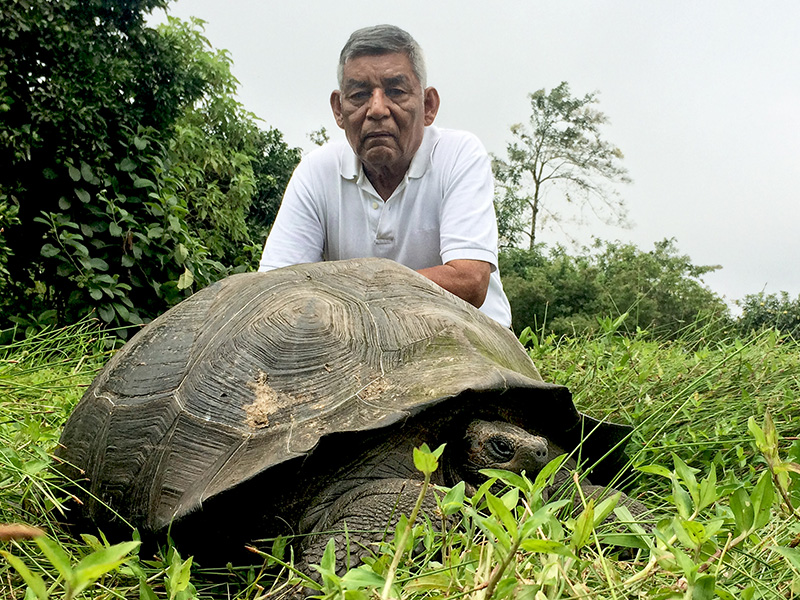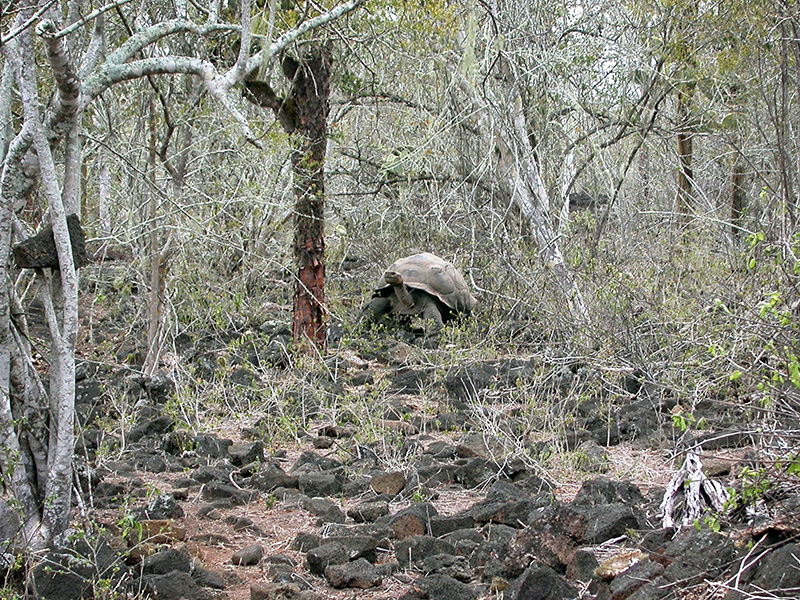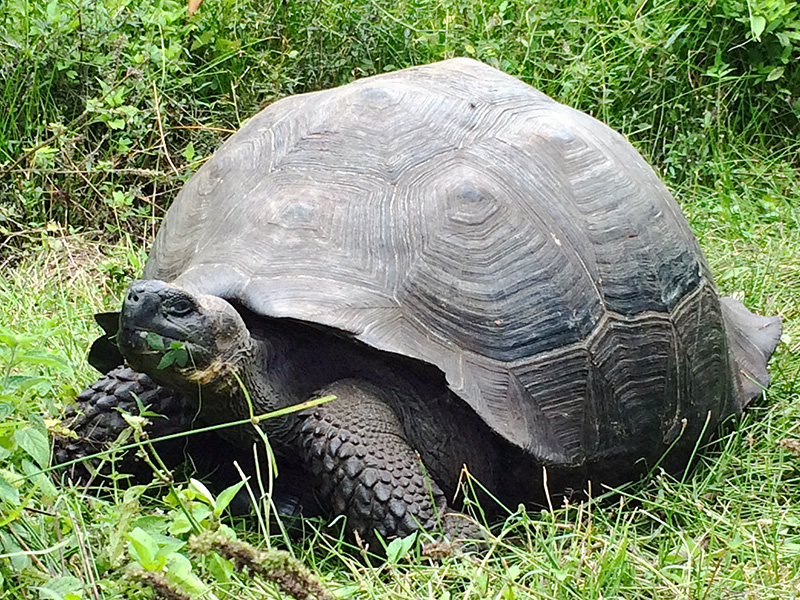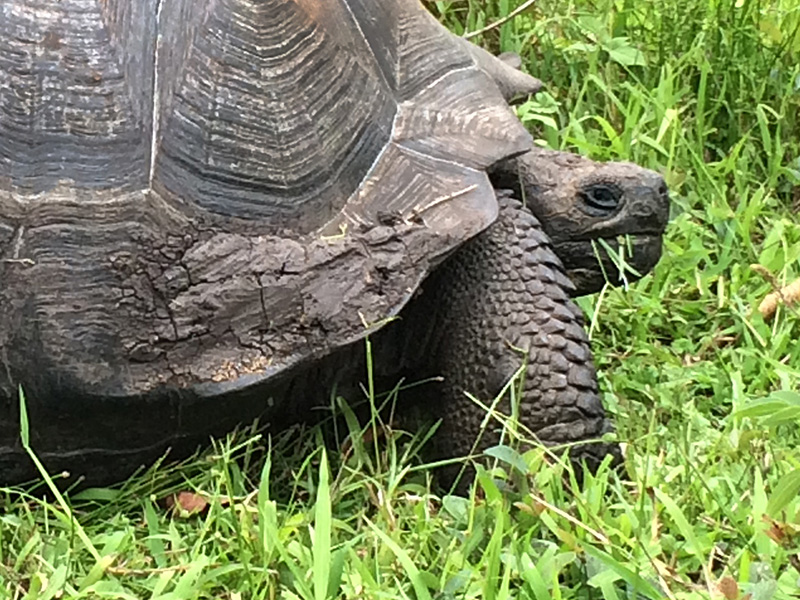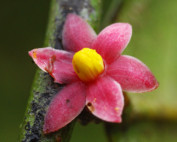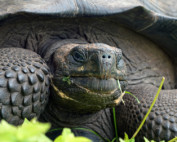Name: Chelonoidis donfaustoi
Location: Galapagos, Ecuador
How it made the Top 10: No animals are more immediately associated with evolution or Charles Darwin than the giant tortoises of the Galapagos. Small differences had been noticed between eastern and western populations of giant tortoises on Santa Cruz Island that were assumed to be simply genetic variation within the known species, C. porteri. A careful analysis of both genetic and morphological data, however, shows that the smaller eastern population, with perhaps as few as 250 individuals, is a distinct and new species. This discovery has immediate, important conservation implications. C. porteri has a more limited geographic range than previously believed, restricted to western and southwestern areas of the island, and care must be taken to avoid bridging the natural isolation of the two species. The new species was named in honor of a park ranger known as “Don Fausto,” who worked 43 years to conserve the giant tortoises of Galapagos.
Kingdom: Animalia
Phylum: Chordata
Class: Reptilia
Order: Testudines
Family: Testudinidae
Size: Up to 1.7 m (about three feet) along the curved carapace 109 kg (240 pounds)
Etymology: Named in honor of park ranger Fausto Llerena Sanchez (a.k.a. “Don Fausto”) who worked 43 years to conserve Galapagos’ giant tortoises
Type locality: Ecuador, Galapagos Archipelago, Santa Cruz Island, Cerro Fatal
Holotype: University of Wisconsin Zoological Collection
More information: N. Poulakakis , D.L. Edwards, Y. Chiari, R.C. Garrick, M.A. Russello, E. Benavides, et al. (2015). Description of a New Galapagos Giant Tortoise Species (Chelonoidis; Testudines: Testudinidae) from Cerro Fatal on Santa Cruz Island. PLoS ONE 10(10): e0138779. doi:10.1371/journal.pone.0138779



